The Annabelle Selldorf-designed Rubell Museum opens in emerging Miami art district
New York-based Selldorf Architects converts a series of former industrial buildings in Miami’s Allapattah neighbourhood into a museum-worthy setting for a family’s art collection, making more of it accessible to the public than ever before
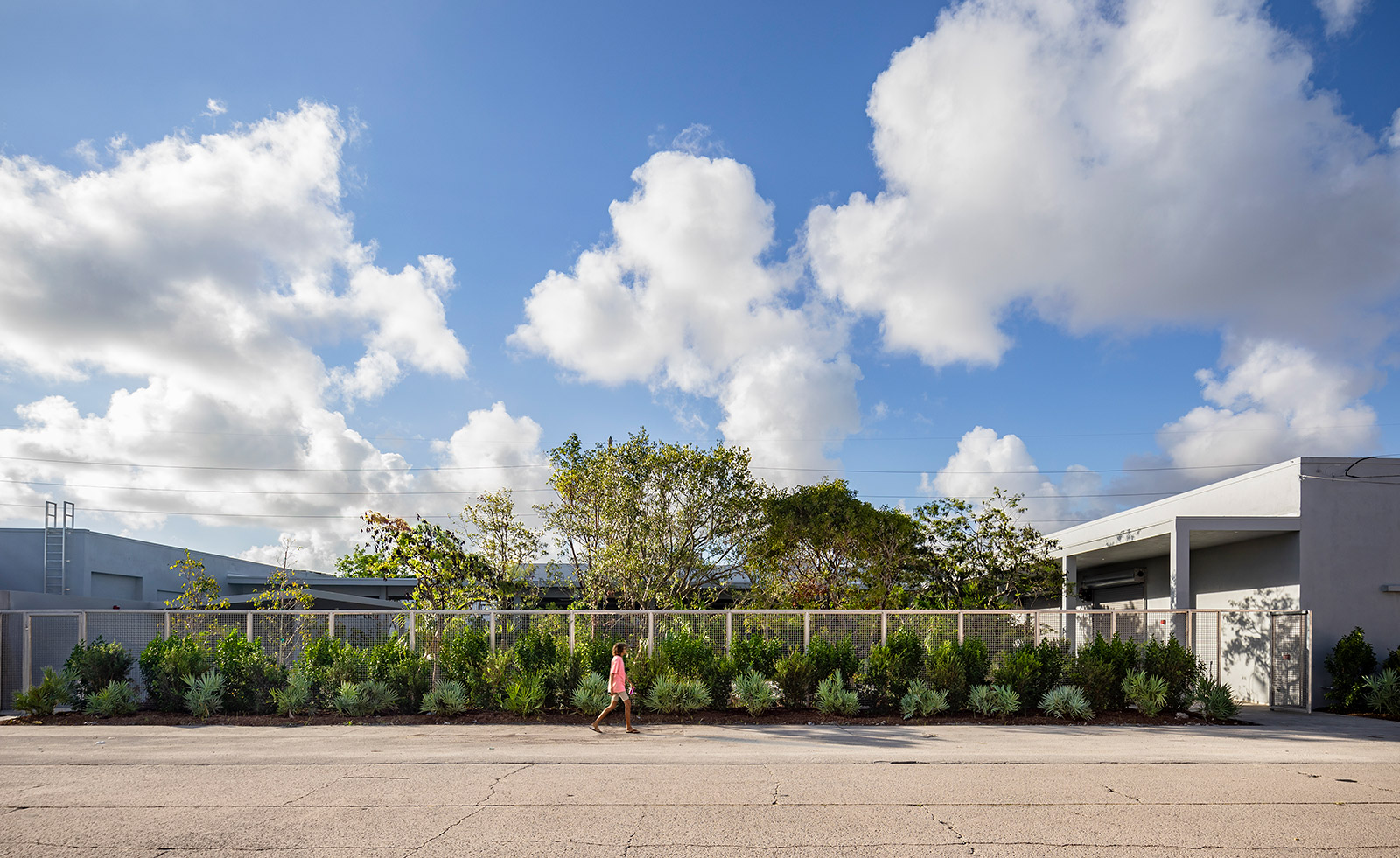
When Mera and Don Rubell began collecting in 1964, they diligently assigned a budget of $25 (a quarter of Mera’s teaching salary) each week to art. Five decades on, the genial couple have amassed an enviable collection of 7,200 works by more than one thousand artists – and counting. Together with their son Jason, the family recently opened the doors to their collection’s new home in Miami’s emerging Allapattah neighbourhood, enlisting Selldorf Architects to reimagine a disused rice storage complex as the newly minted Rubell Museum (previously known as the Rubell Family Collection).
The New York-based architecture firm gutted and transformed six warehouse units into a cohesive 100,000 sq ft campus – tripling the exhibition capacity of the collection’s previous space, a two-storey former Drug Enforcement Agency building less than a mile away in the city’s Wynwood district. The Rubell Museum now unfolds across a single level, comprising 40 galleries, a flexible events and performance space, a richly stocked research library, a bookstore, an outdoor bar and new restaurant LEKU, serving Basque cuisine.
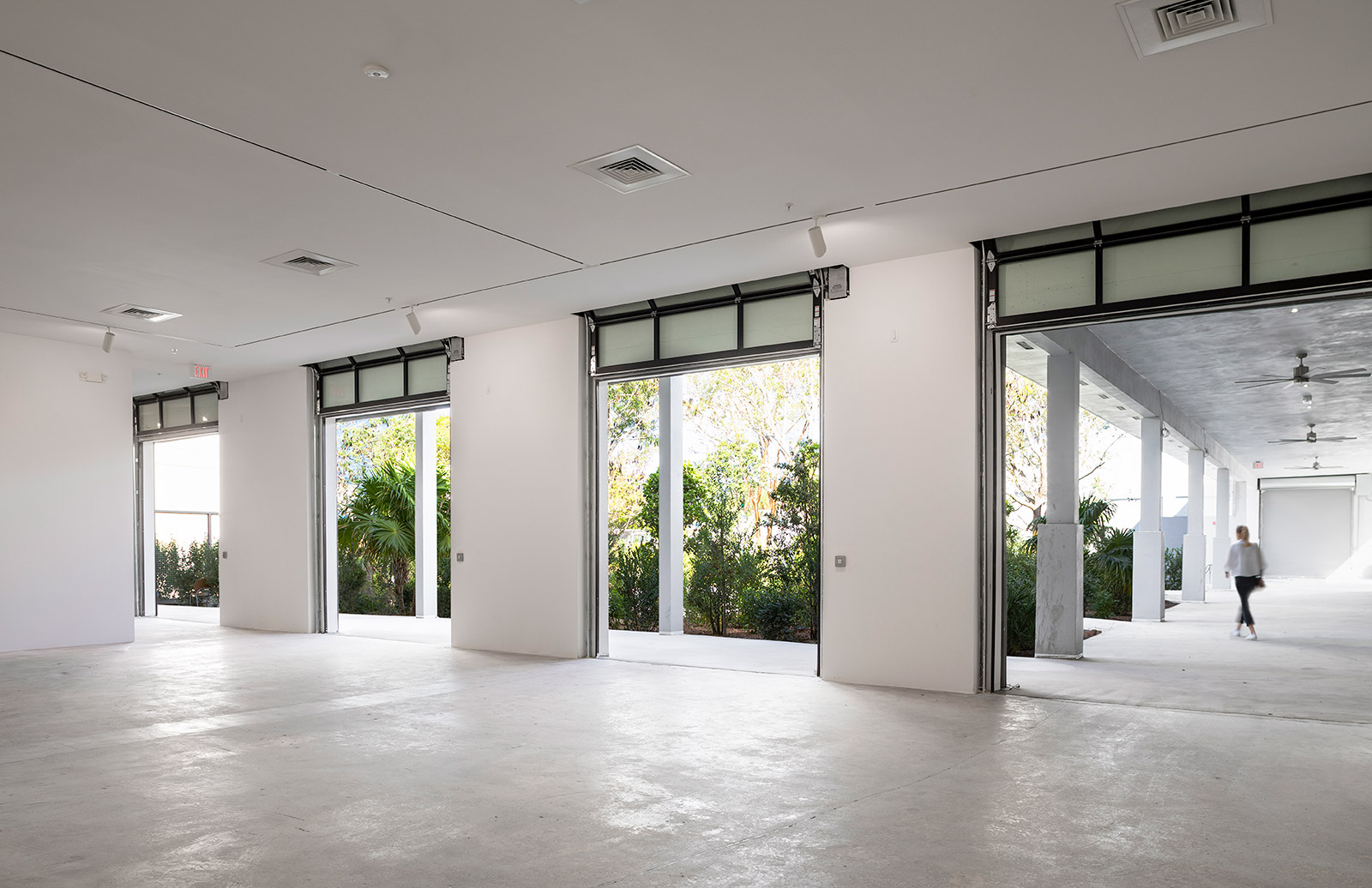
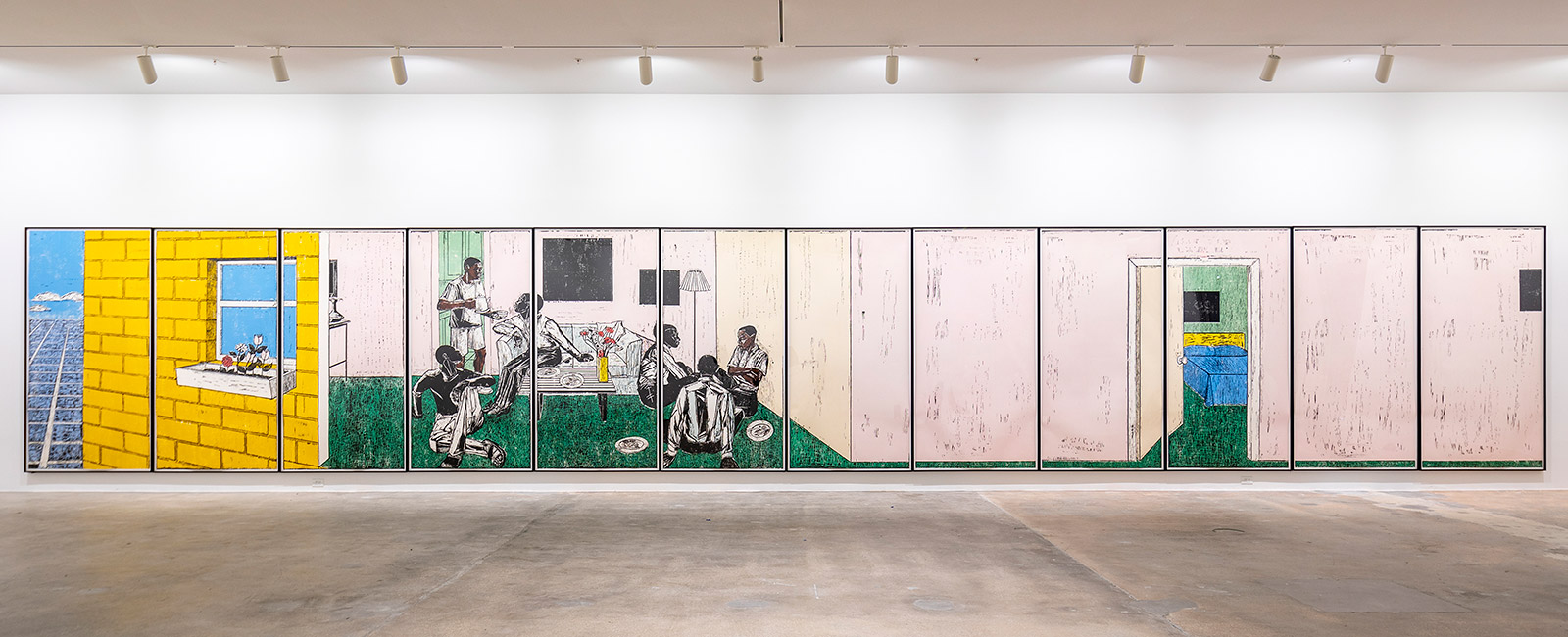
Above, view of courtyard garden. Below, art in the galleries.
Inside the museum, Annabelle Selldorf – the go-to architect for blue-chip galleries including David Zwirner and Hauser & Wirth – has largely hewed to the building’s industrial origins. The structure’s factory bones are palpable in the expansive ceilings and concrete columns, tempered by a museum-quality finish of white walls and refinished concrete floors. Hurricane-safe windows have been strategically placed in the warehouse structure to allow Miami’s abundant daylight to filter into the space, while an internal street branches off into the galleries to the west, and leads to administrative spaces to the east.
Selldorf addressed the needs of the collection with scaling galleries, to accommodate monumental works from Sterling Ruby, Keith Haring, Kehinde Wiley and more, through to installations, such as Yayoi Kusama’s Infinity Rooms, and more modestly sized pieces. At the heart of the site – where the loading dock was once located – is a leafy courtyard garden designed by La Casona Garden in collaboration with Juan Roselione-Valadez. The garden was conceived as a ‘restoration project’ using rare plants native to the Everglades and the Florida Keys.
The Rubells were instrumental in luring Art Basel to Miami Beach 18 years ago, so it’s only fitting that the influential collectors timed the opening of their new museum on 4 December during Miami Art Week. They’re in good company too: fellow Miami art power player, the philanthropist and magnate Jorge M Pérez, similarly opened his own private museum, El Espacio 23, several blocks directly west, in Allapattah. As development hots up in this swiftly changing area, we’ll be on neighbourhood watch.
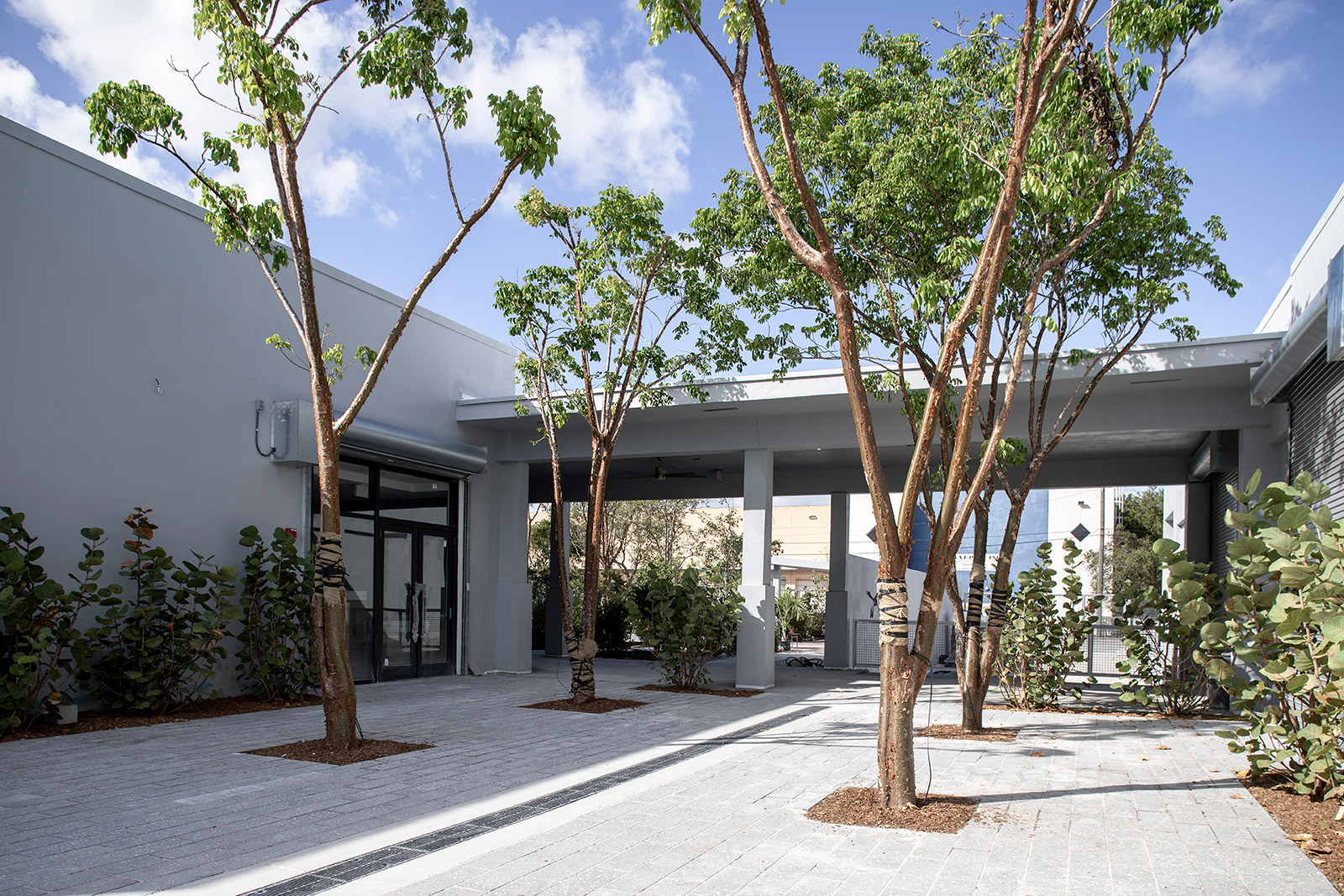
The internal courtyard.
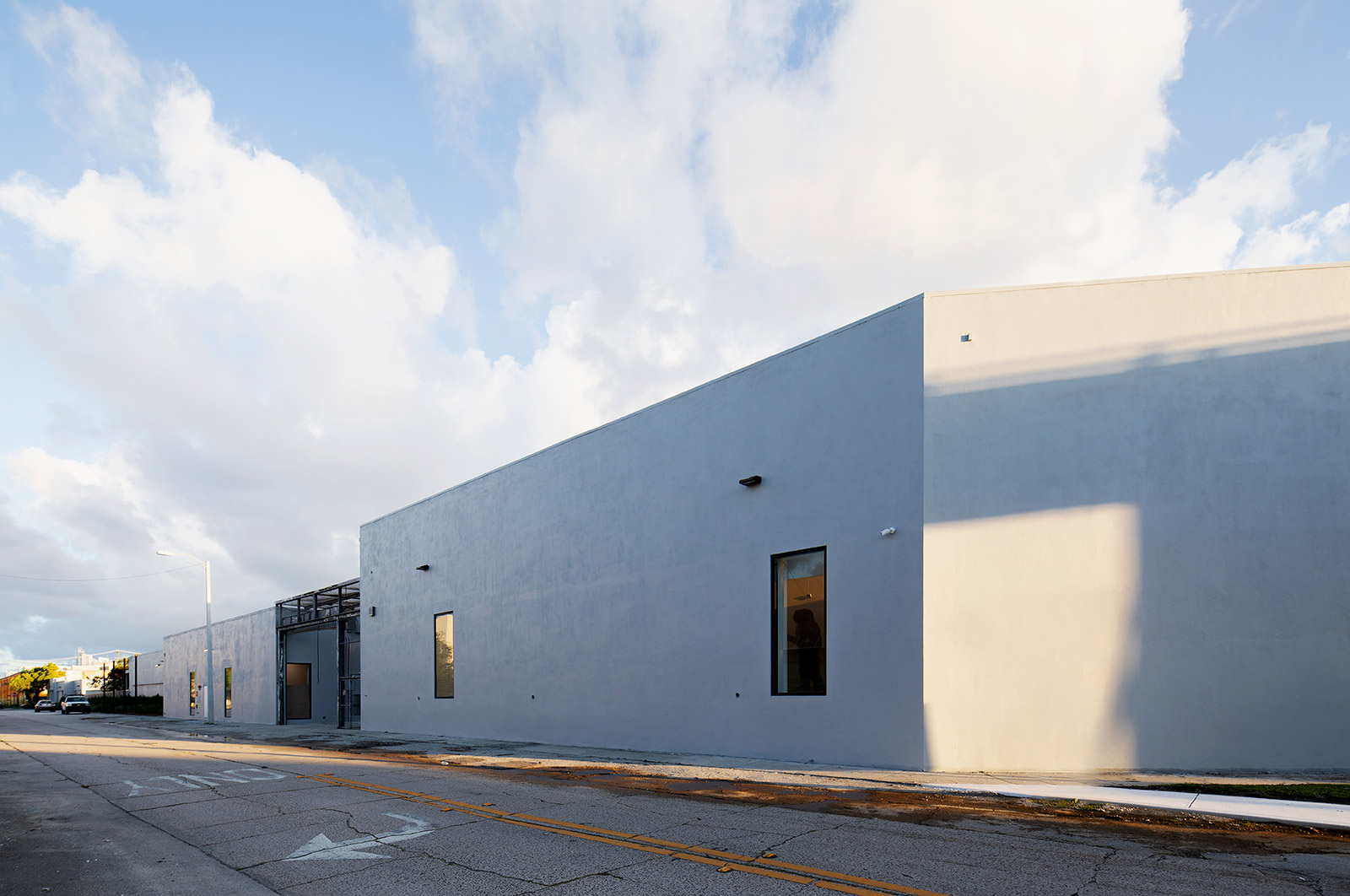
Exterior view of the Rubell Museum.
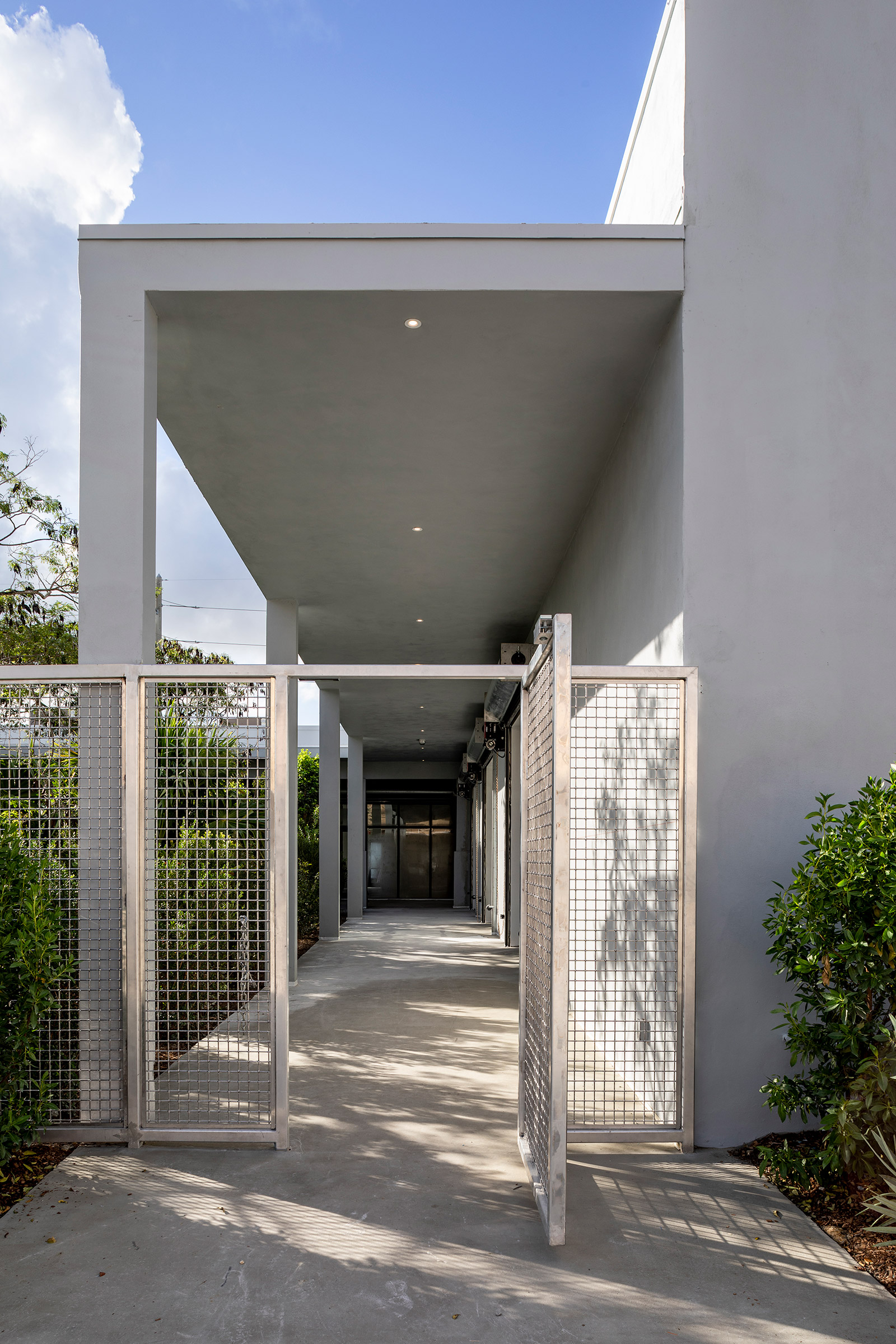
The entrance to the Rubell Museum.
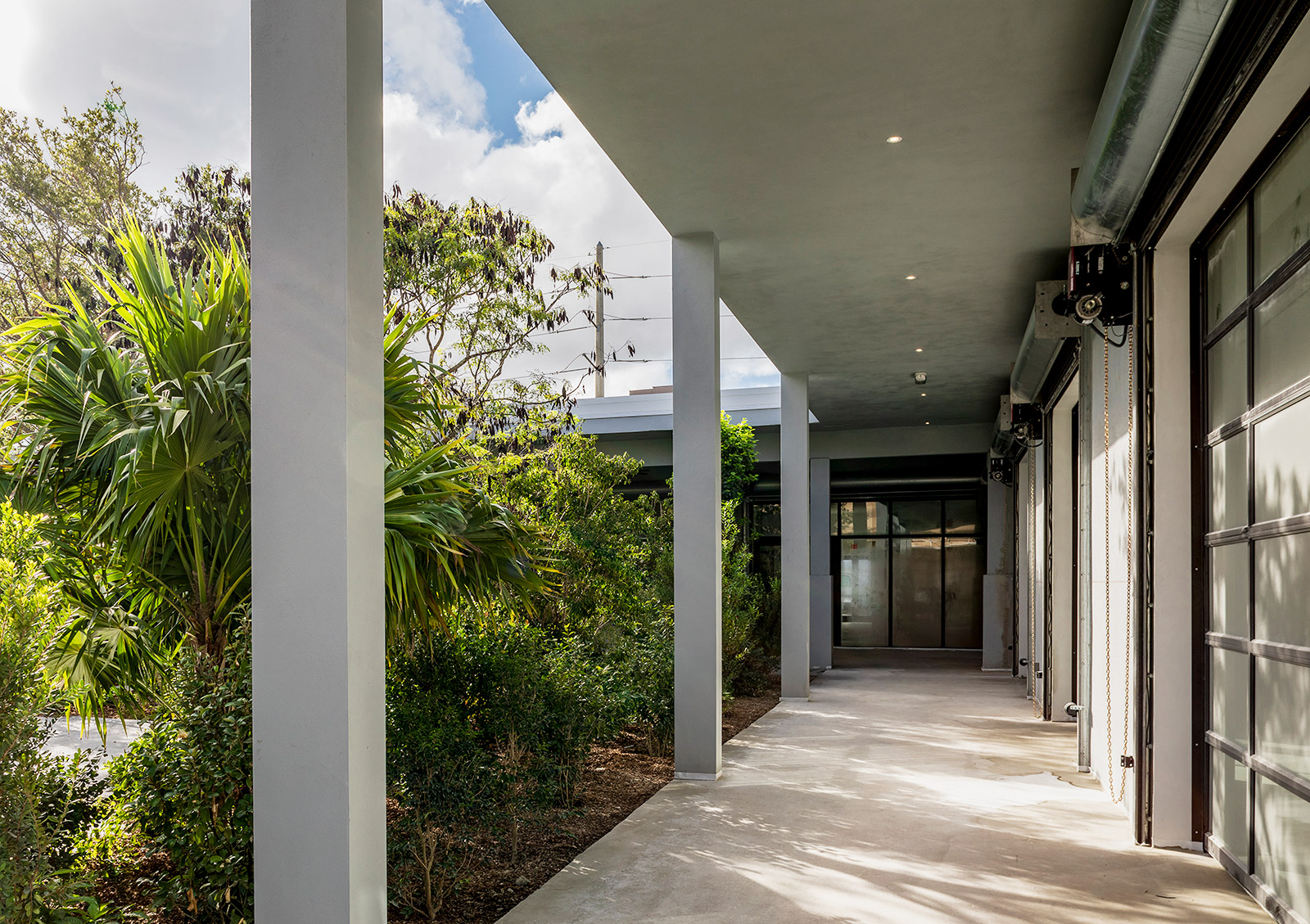
Covered walkways surrounding the garden lead visitors first to the reception desk and a restaurant.
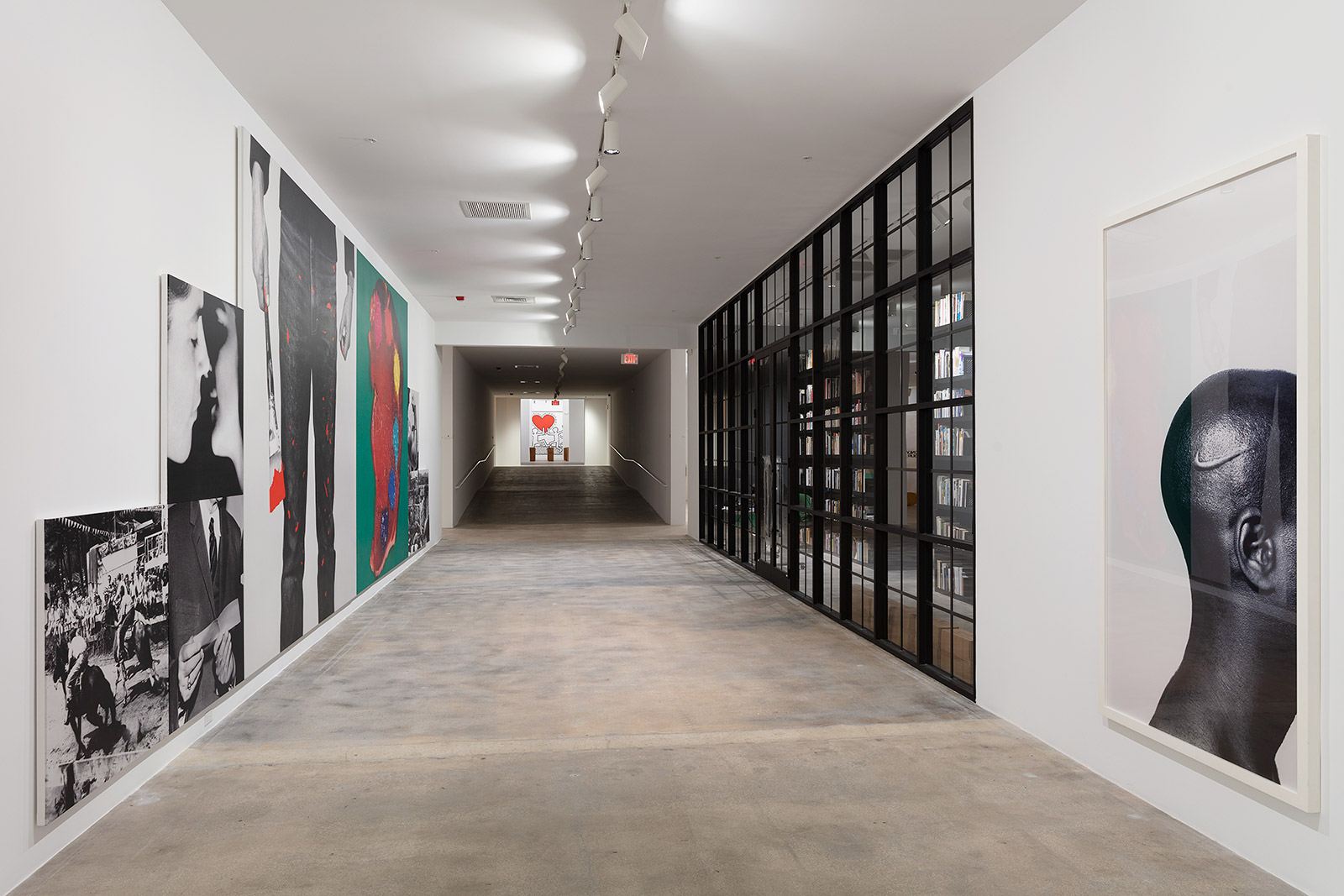
From left, Stake: Art is Food for Thought and Food Costs Money, 1985, by John Baldessari; Untitled, 1982, Keith Haring; Llano Estacado, Dallas, Texas, 1979, by Carl Andre; and Branded Head, 2003, by Hank Willis Thomas.
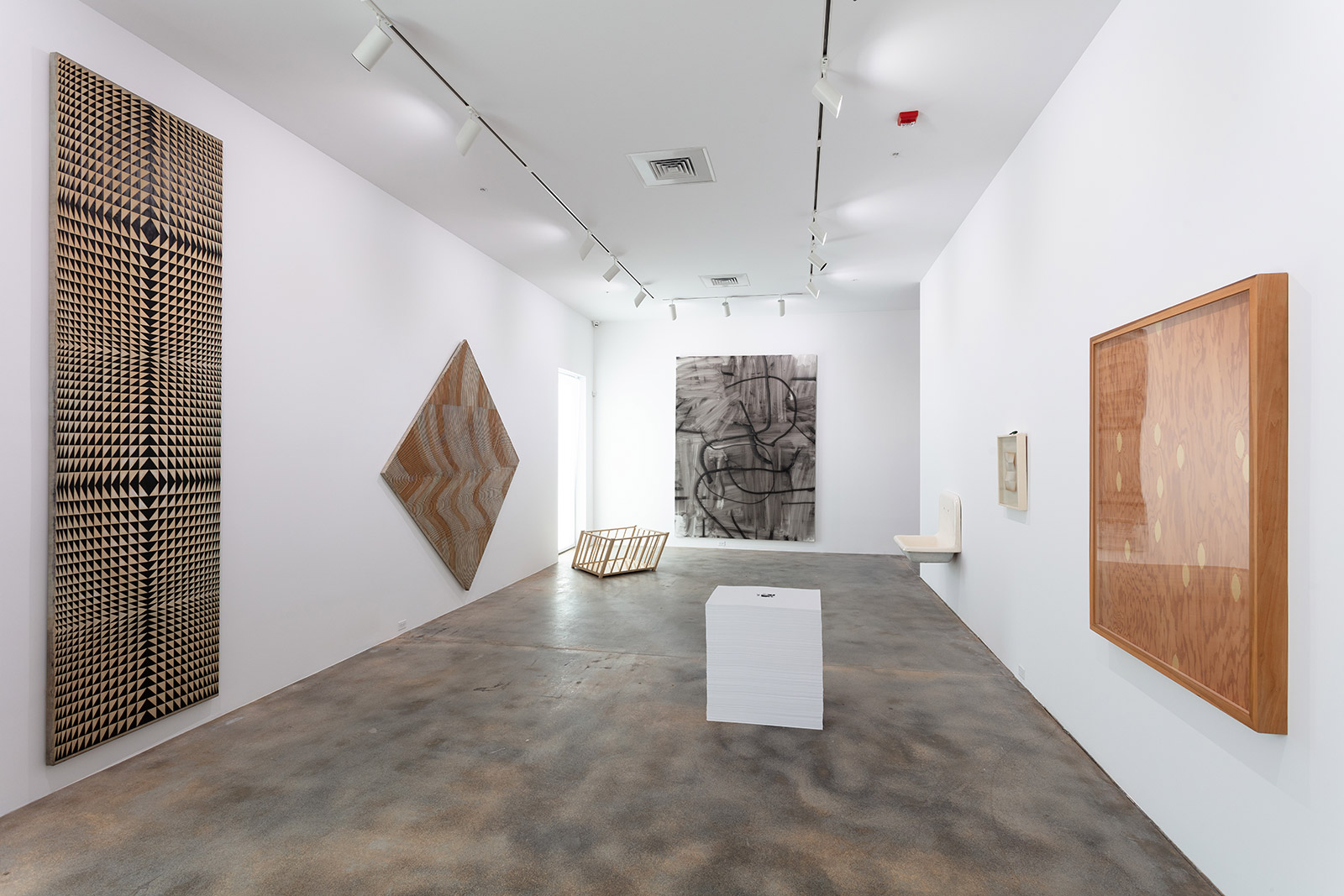
Pharos, 1985, and Brest, 1985, by Philip Taaffe; Slanted Playpen, 1987, by Robert Gober; Untitled, 2007, by Christopher Wool; Untitled (Sink), 1984, by Robert Gober; Heritage, 1986, by Nancy Shaver; Untitled (Golden Knots:5), 1987, by Sherrie Levine; “Untitled” (Join), 1990, by Felix Gonzalez-Torres, in conjunction with Michael Jenkins.
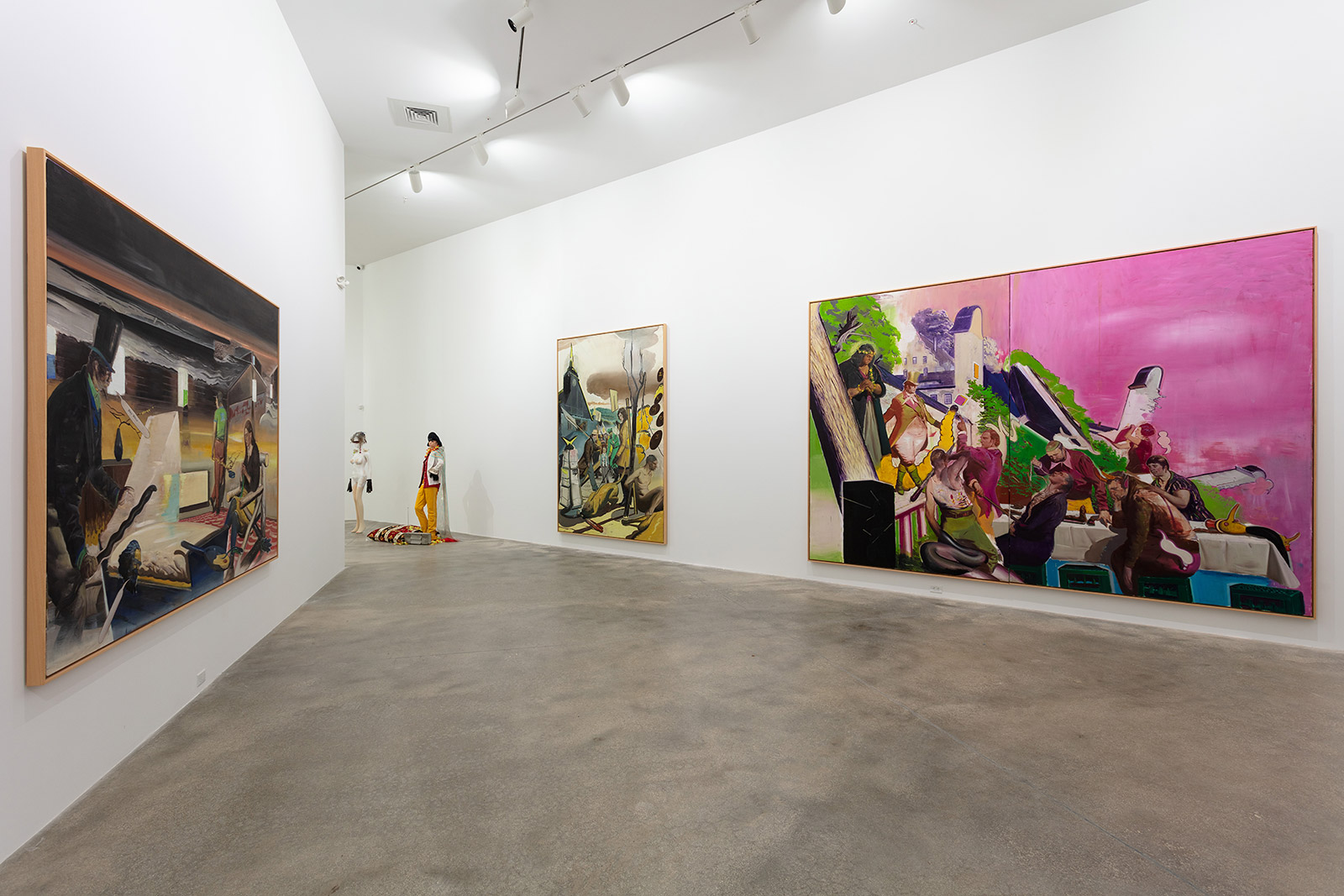
Das Neue, 2003, by Neo Rauch; Schauspieler, 2013, by Isa Genzken; Demos, 2004, and Vorfuehrung, 2006, by Neo Rauch.
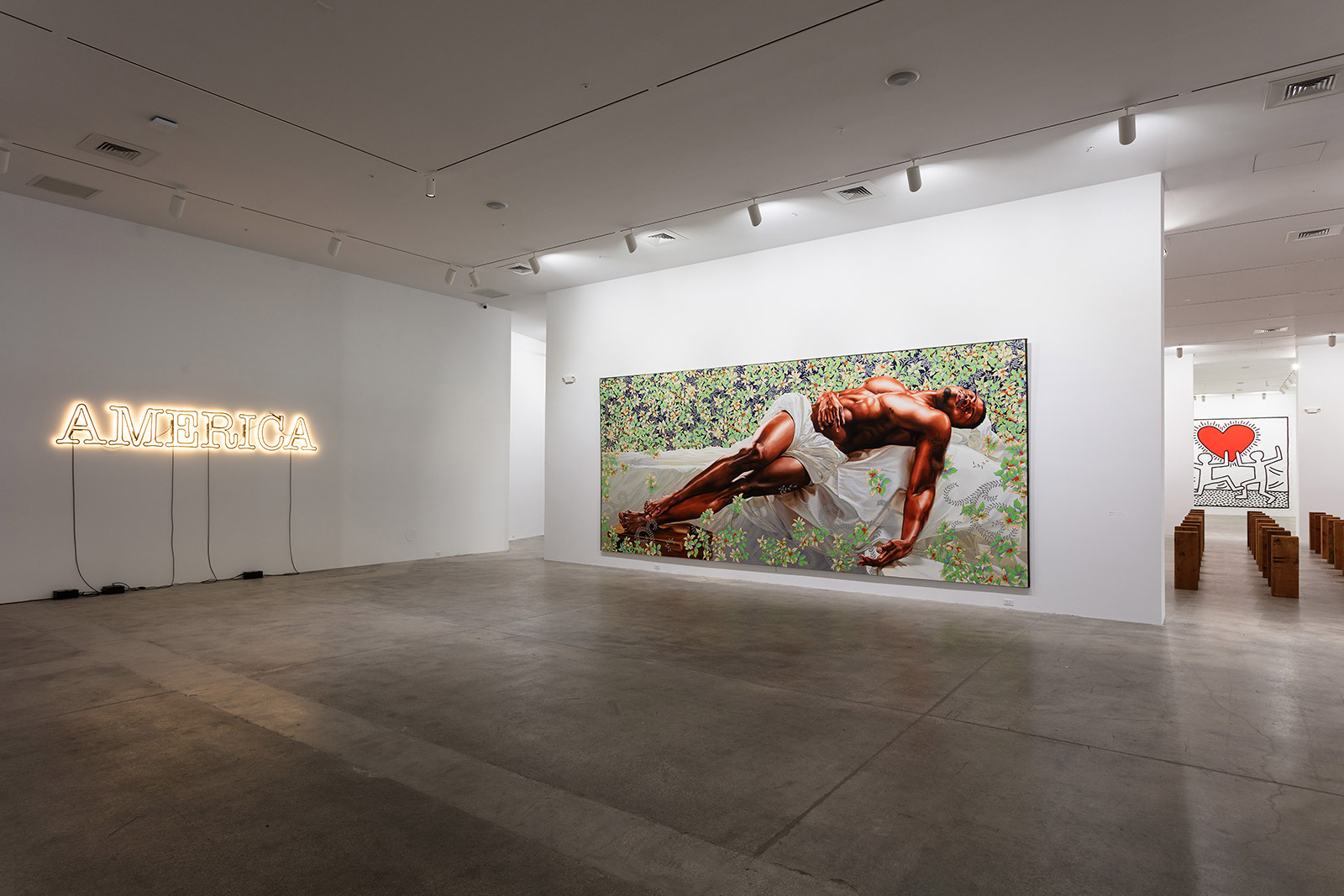
America, 2008, by Glenn Ligon; Sleep, 2008, by Kehinde Wiley; Untitled, 1982, by Keith Haring; Llano Estacado, Dallas, Texas, 1979, by Carl Andre.
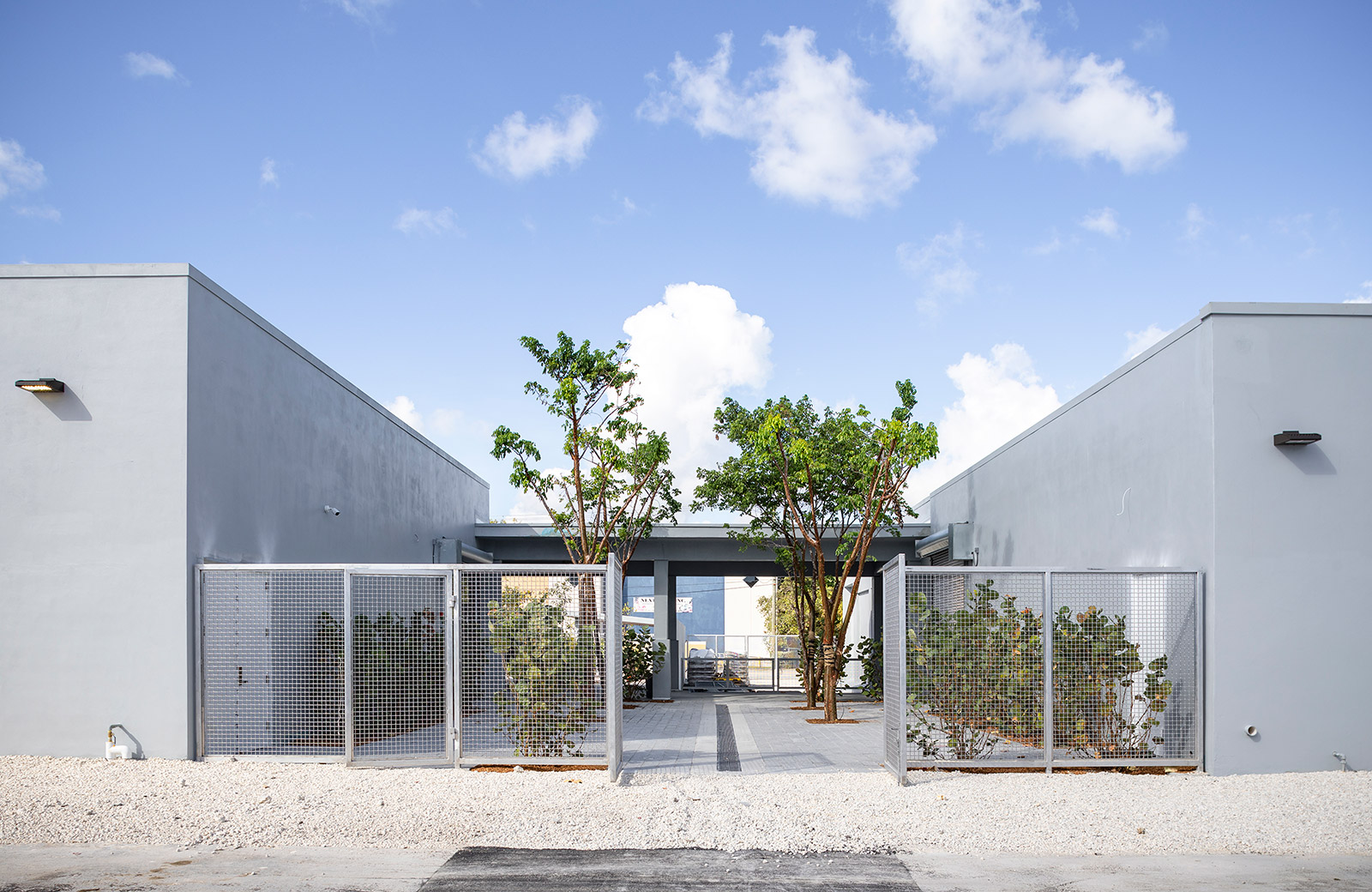
The building maintains the overall vocabulary of the original structures while updating them sensitively to serve their new public purpose.
INFORMATION
Wallpaper* Newsletter
Receive our daily digest of inspiration, escapism and design stories from around the world direct to your inbox.
-
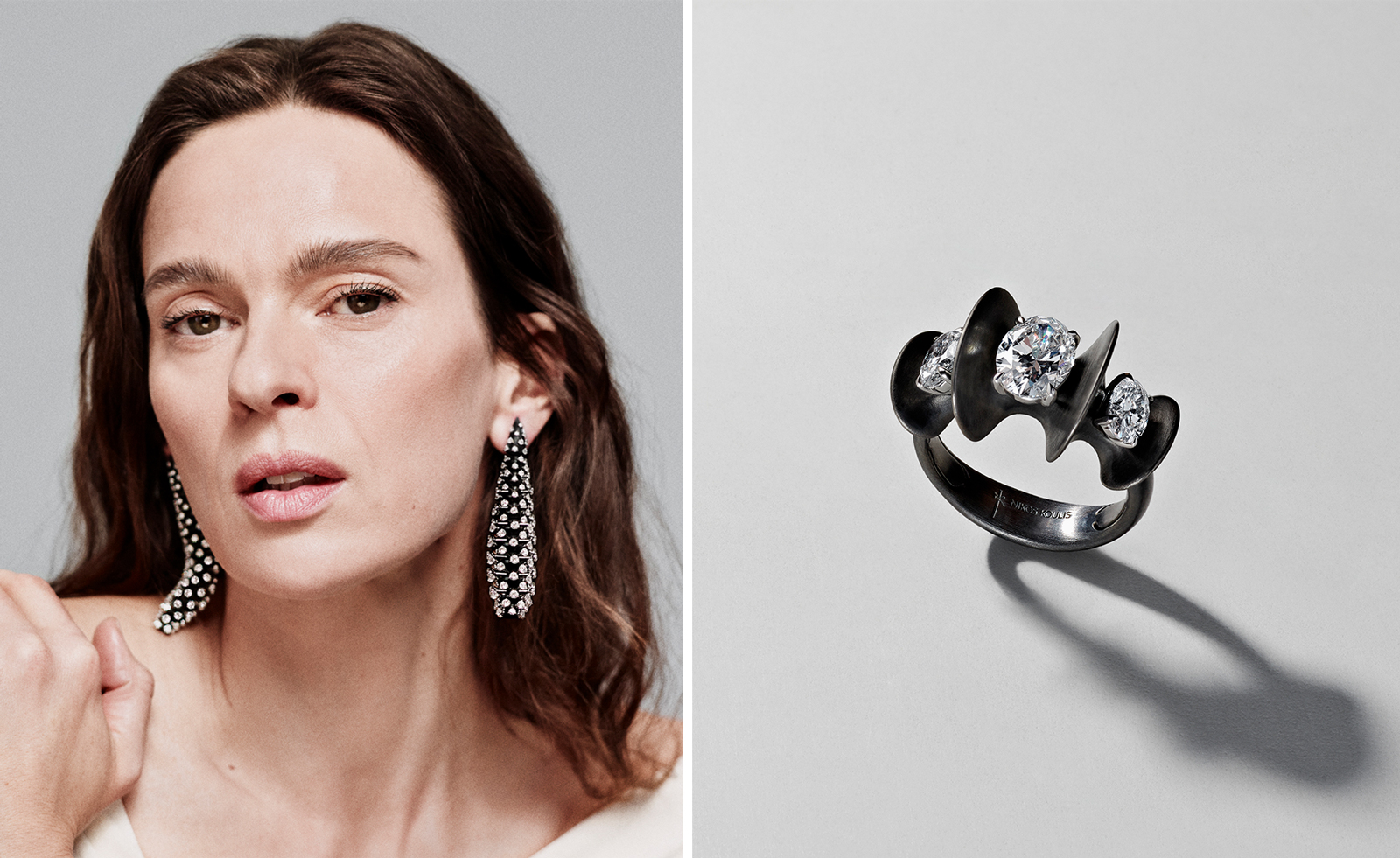 Nikos Koulis brings a cool wearability to high jewellery
Nikos Koulis brings a cool wearability to high jewelleryNikos Koulis experiments with unusual diamond cuts and modern materials in a new collection, ‘Wish’
By Hannah Silver
-
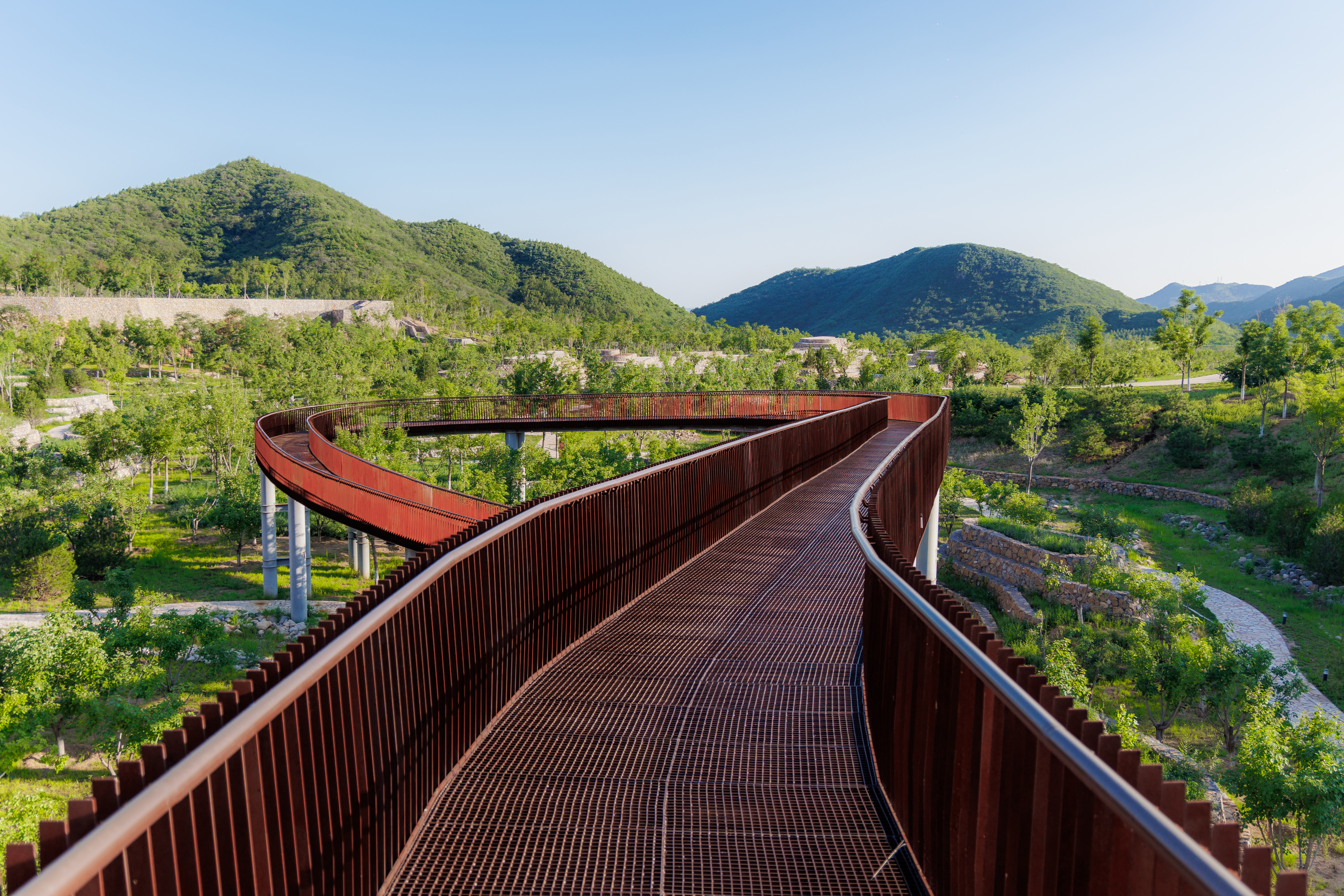 A Xingfa cement factory’s reimagining breathes new life into an abandoned industrial site
A Xingfa cement factory’s reimagining breathes new life into an abandoned industrial siteWe tour the Xingfa cement factory in China, where a redesign by landscape specialist SWA Group completely transforms an old industrial site into a lush park
By Daven Wu
-
 Put these emerging artists on your radar
Put these emerging artists on your radarThis crop of six new talents is poised to shake up the art world. Get to know them now
By Tianna Williams
-
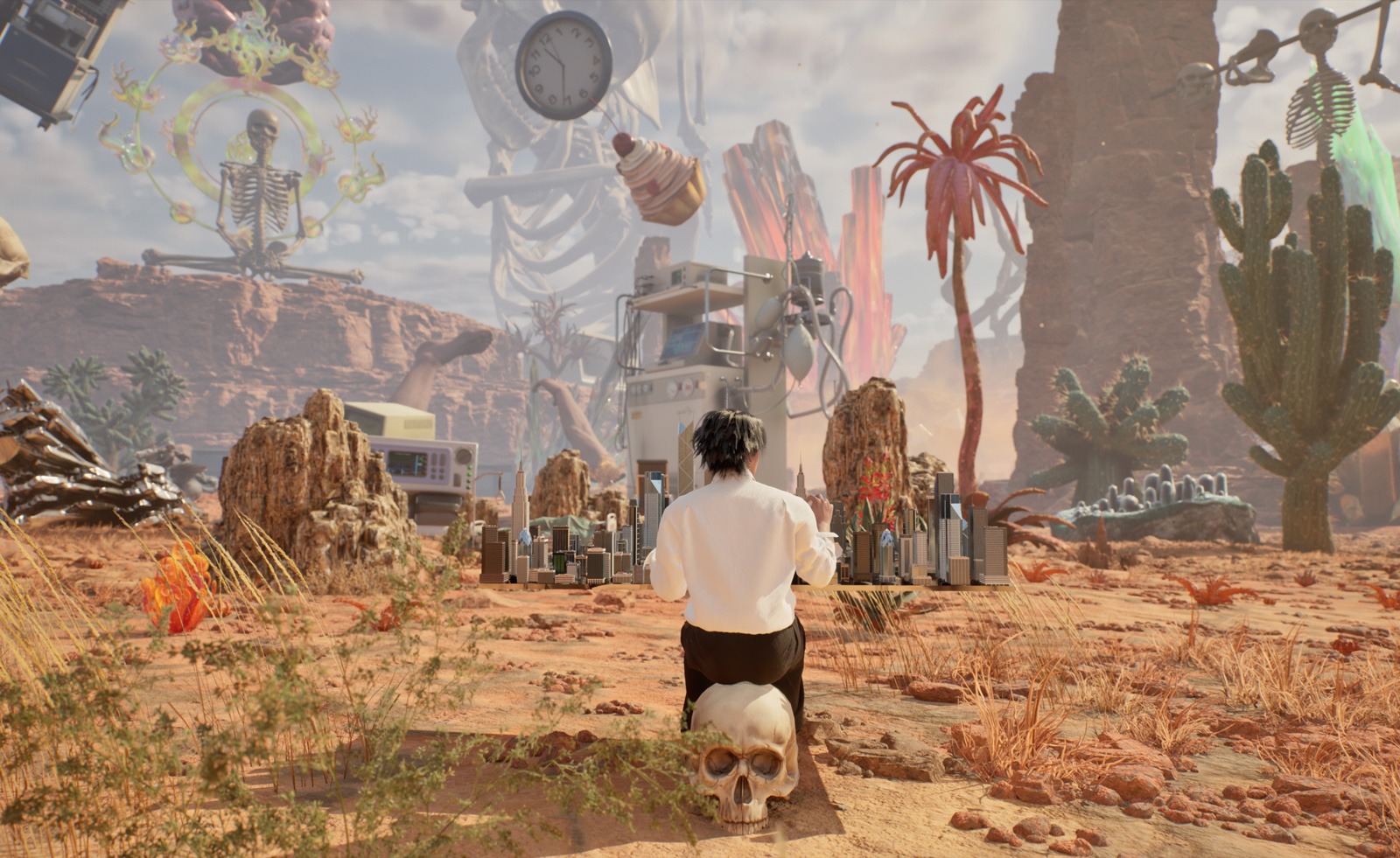 Don’t miss these five artists at Art Basel Hong Kong
Don’t miss these five artists at Art Basel Hong KongArt Basel Hong Kong – the glittering intersection of European curatorial expertise and Asia's money-fuelled art swagger – returns for its 2025 edition
By Daven Wu
-
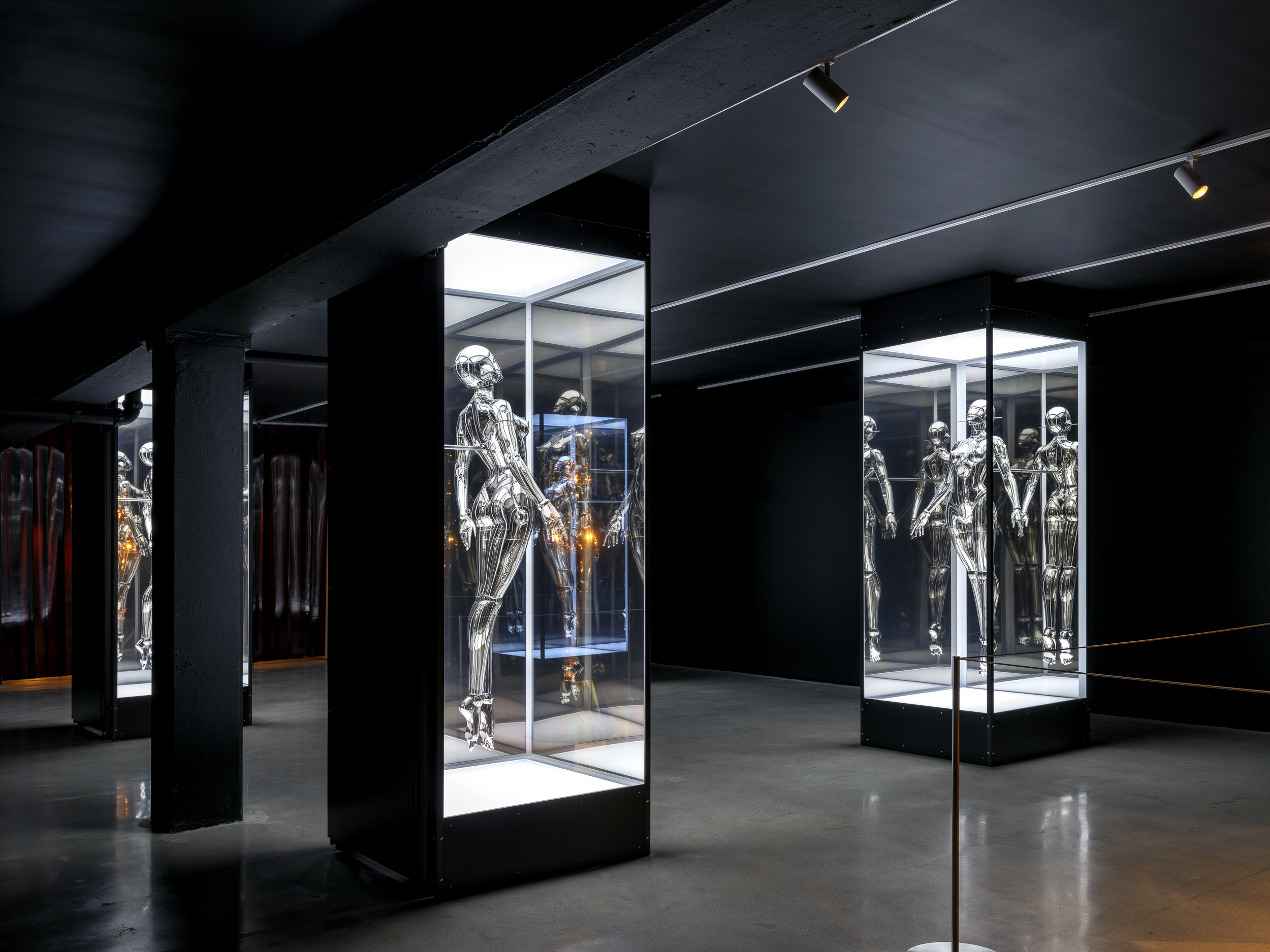 Miami’s new Museum of Sex is a beacon of open discourse
Miami’s new Museum of Sex is a beacon of open discourseThe Miami outpost of the cult New York destination opened last year, and continues its legacy of presenting and celebrating human sexuality
By Anna Solomon
-
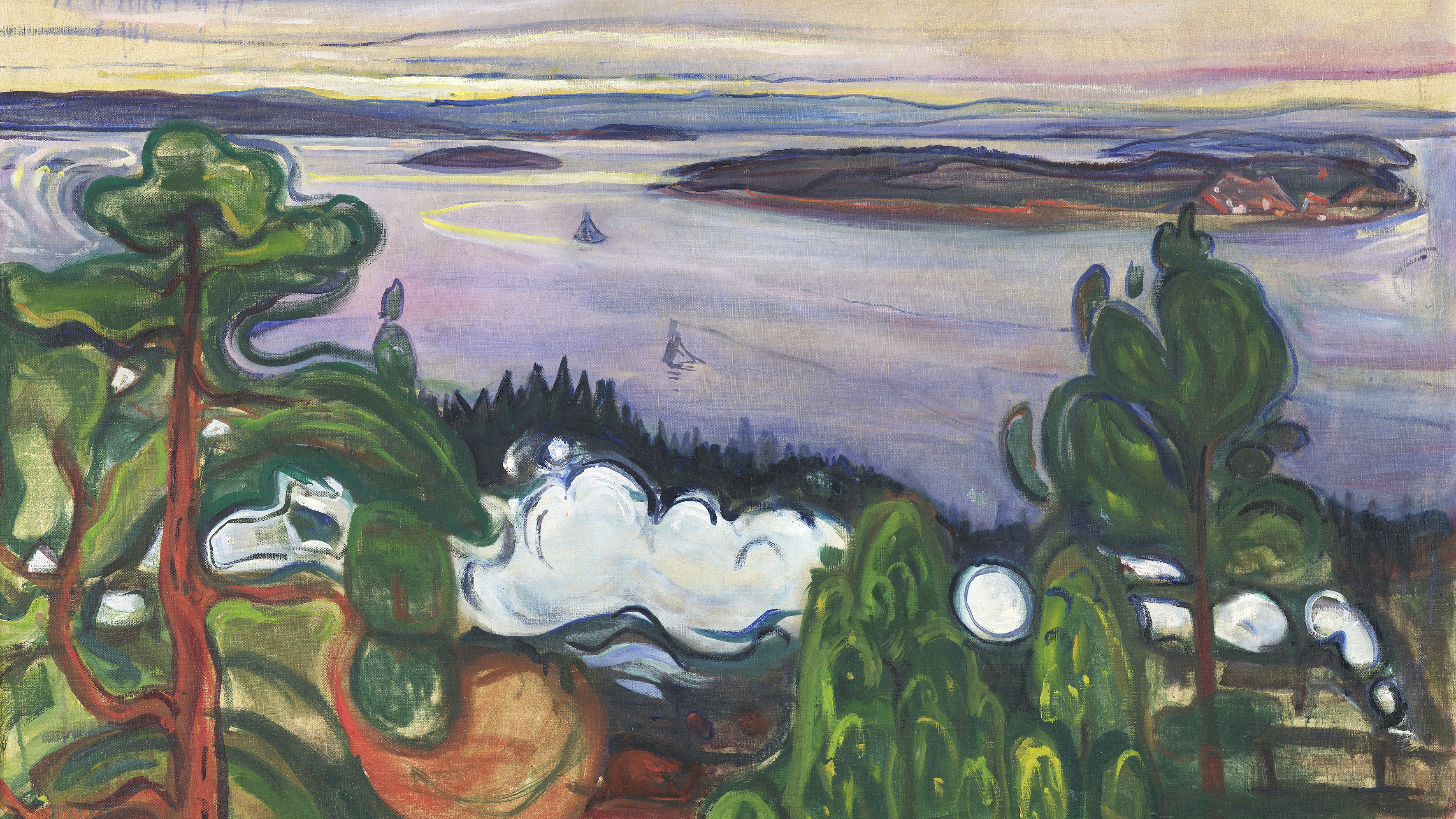 Switzerland’s best art exhibitions to see in 2025
Switzerland’s best art exhibitions to see in 2025Art fans, here’s your bucket list of the standout exhibitions to see in Switzerland in 2025, exploring compelling themes and diverse media
By Simon Mills
-
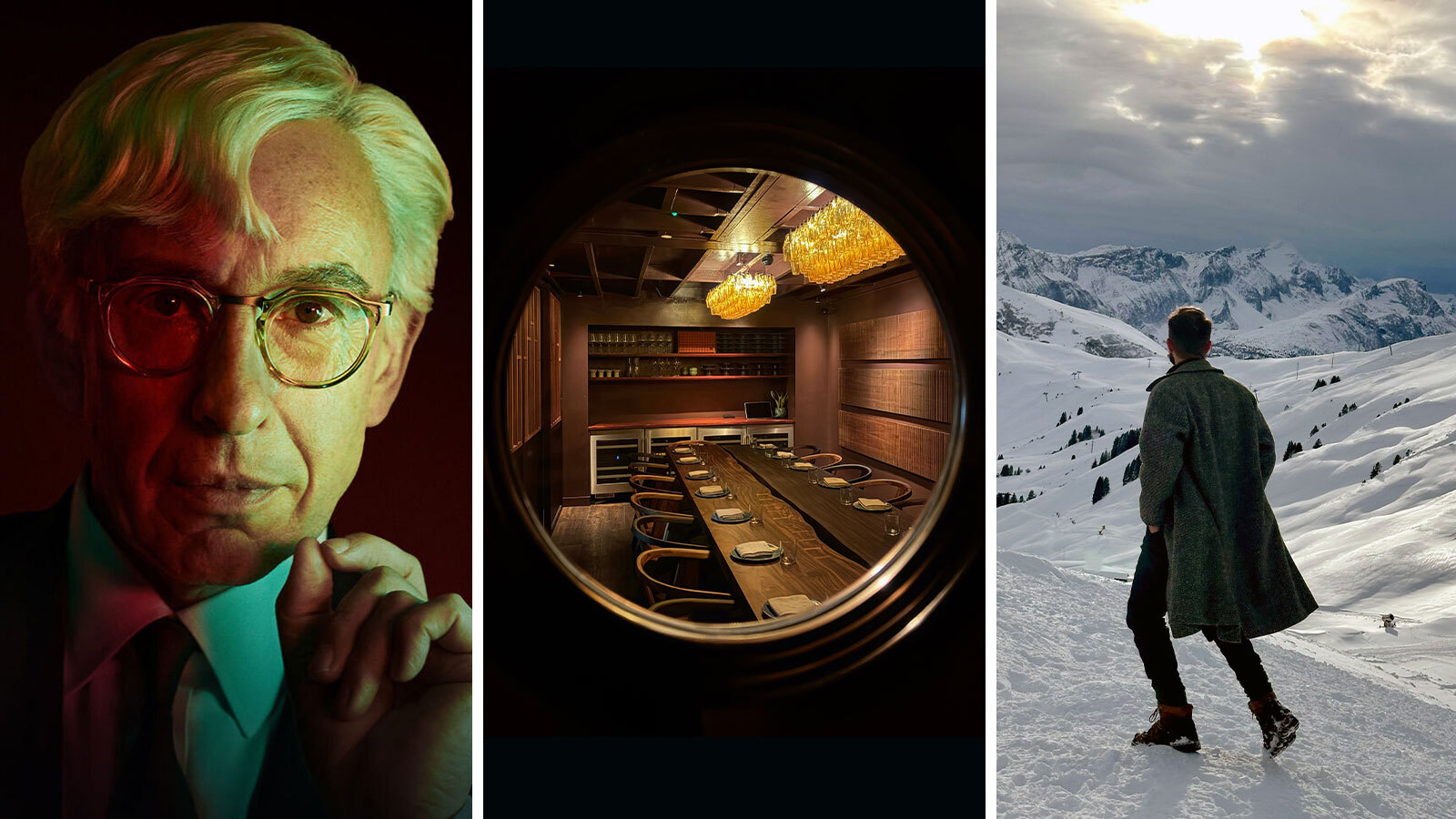 Out of office: what the Wallpaper* editors have been doing this week
Out of office: what the Wallpaper* editors have been doing this weekA snowy Swiss Alpine sleepover, a design book fest in Milan, and a night with Steve Coogan in London – our editors' out-of-hours adventures this week
By Bill Prince
-
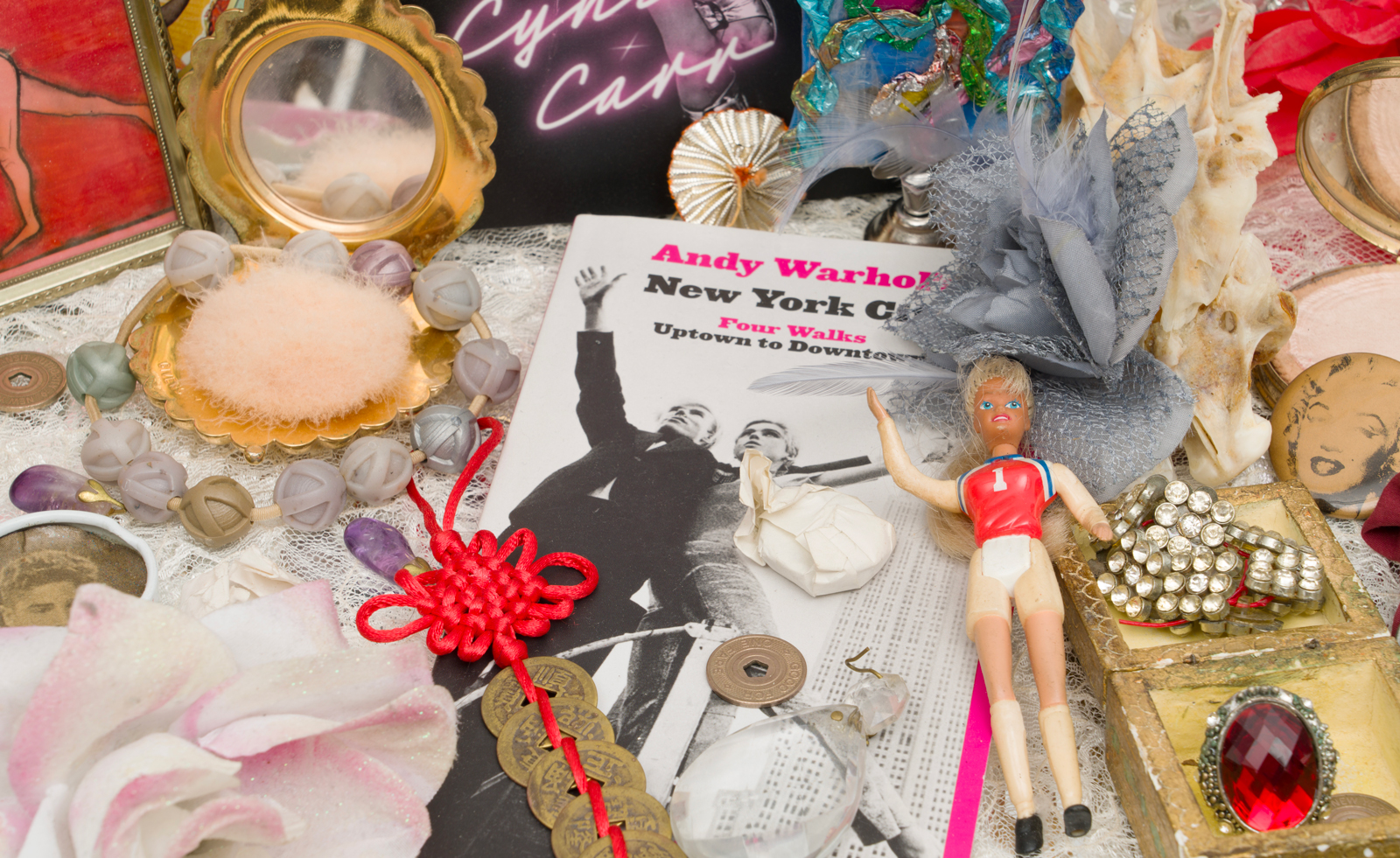 What to look out for at Art Basel Miami Beach 2024
What to look out for at Art Basel Miami Beach 2024Art Basel Miami Beach returns for its inaugural edition under new director Bridget Finn, running 6-8 December, with 286 international exhibitors and a packed week of parties, pop-up, and special projects
By Annabel Keenan
-
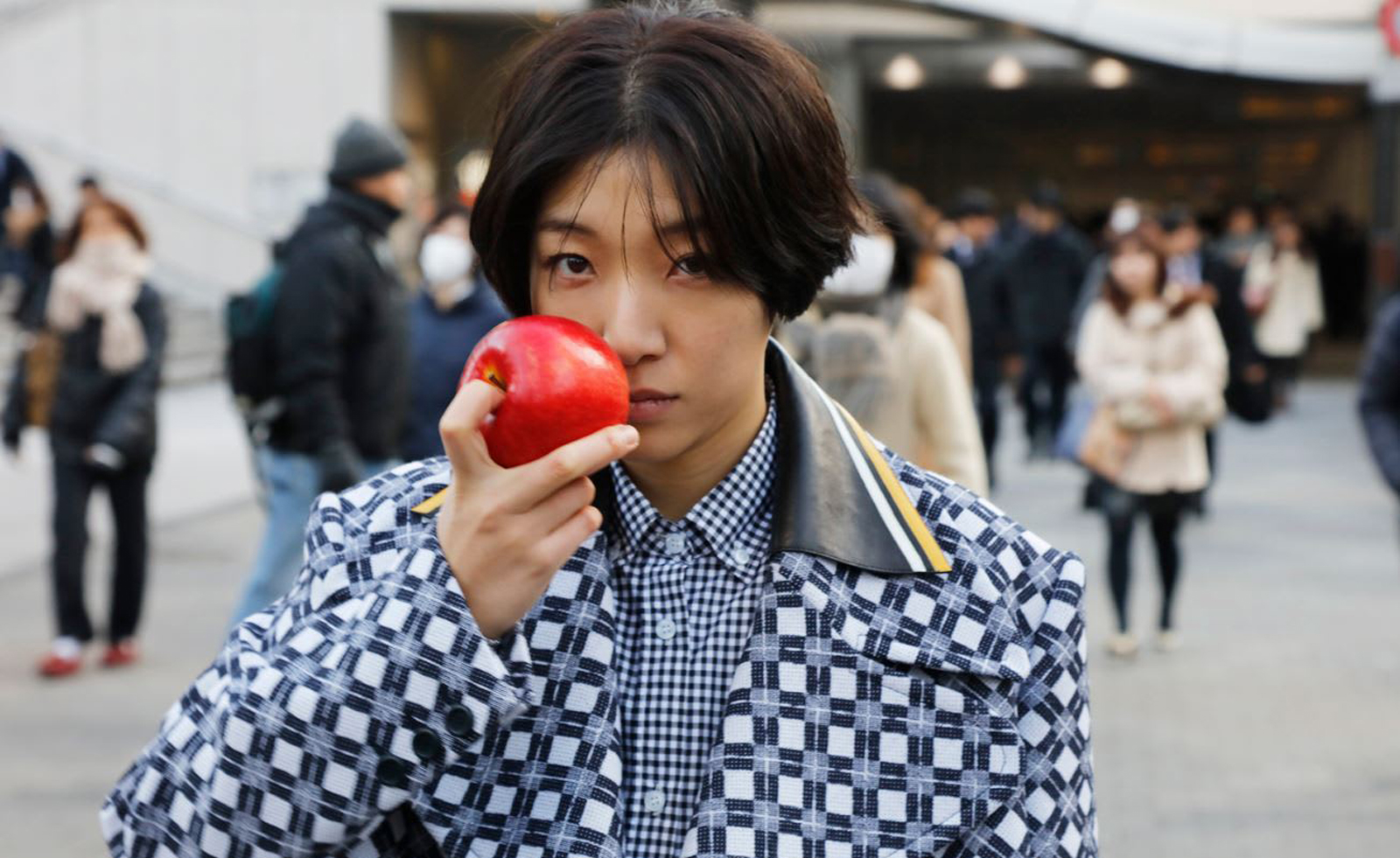 Miu Miu’s Women’s Tales film series comes to life for Art Basel Paris
Miu Miu’s Women’s Tales film series comes to life for Art Basel ParisIn ‘Tales & Tellers’, interdisciplinary artist Goshka Macuga brings Miu Miu’s Women’s Tales film series for Art Basel Paris to life for the public programme
By Amah-Rose Abrams
-
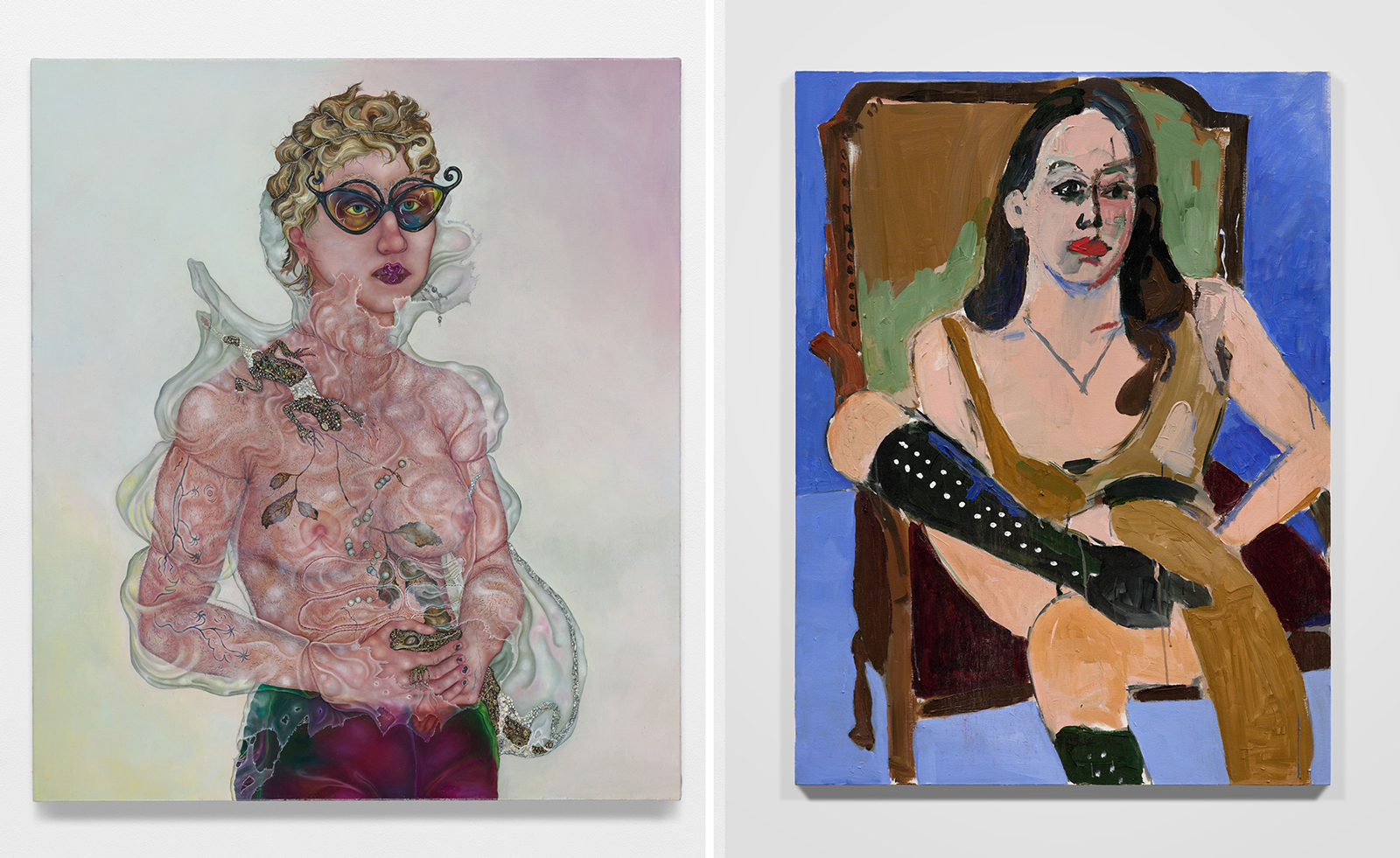 Art Basel returns to Paris: here is everything to see and do
Art Basel returns to Paris: here is everything to see and doArt Basel Paris 2024 (18 - 20 October 2024) returns, opening at the newly renovated Grand Palais
By Amah-Rose Abrams
-
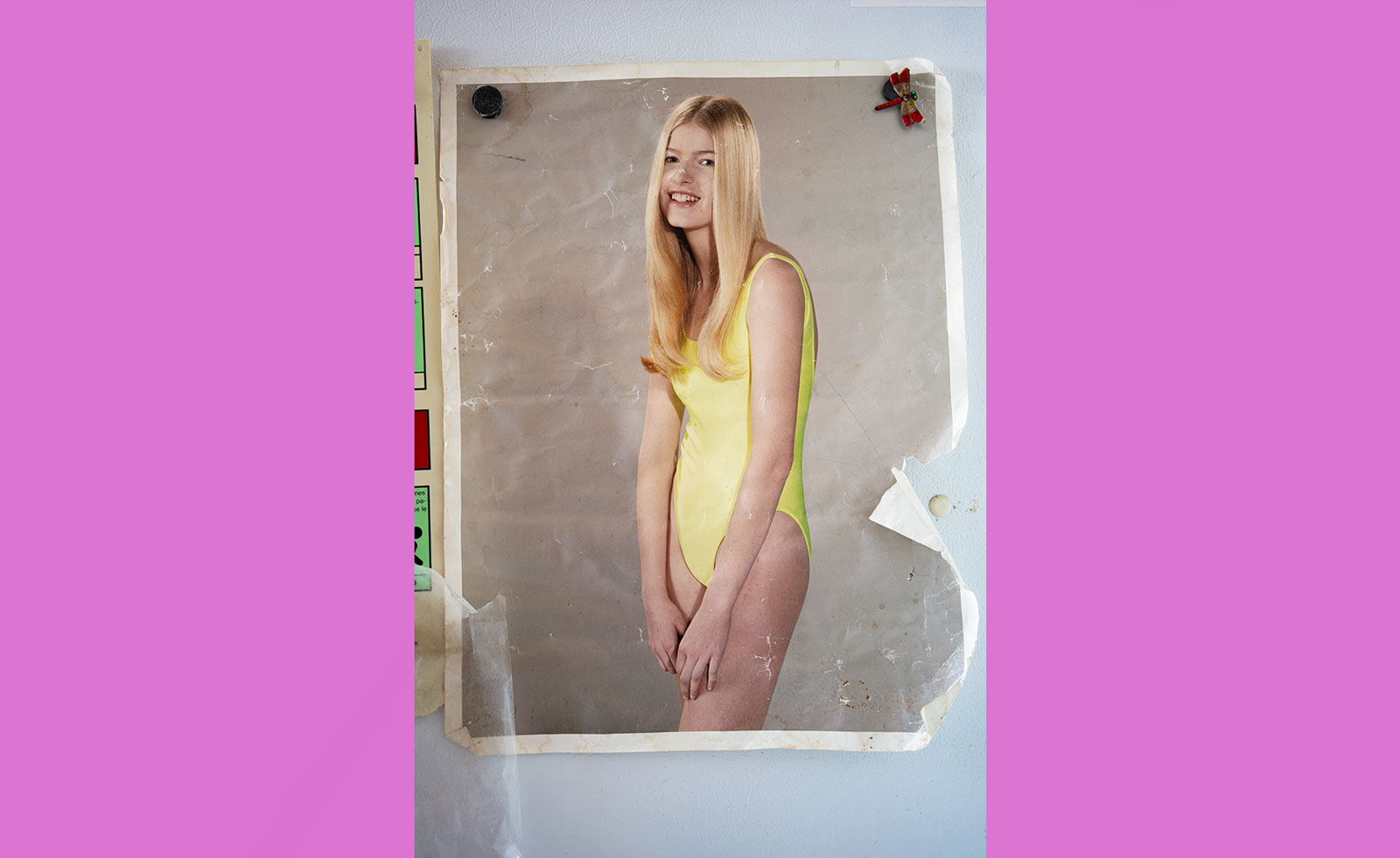 ‘Happy birthday Louise Parker II’: enter the world of Roe Ethridge
‘Happy birthday Louise Parker II’: enter the world of Roe EthridgeRoe Ethridge speaks of his concurrent Gagosian exhibitions, in Gstaad and London, touching on his fugue approach to photography, fridge doors, and his longstanding collaborator Louise Parker
By Zoe Whitfield